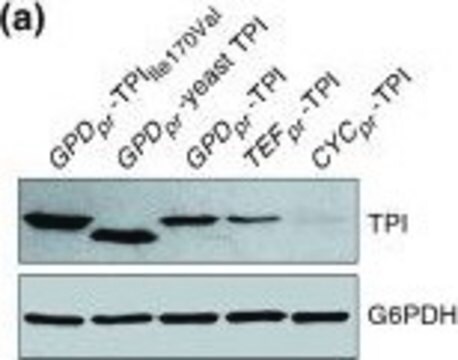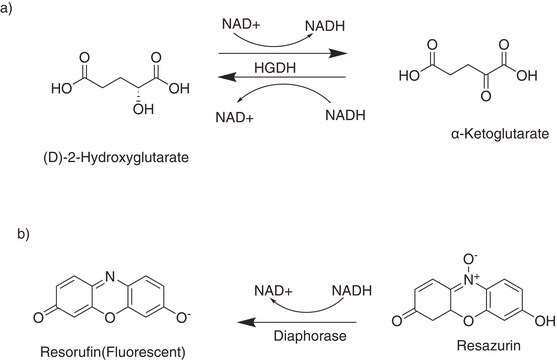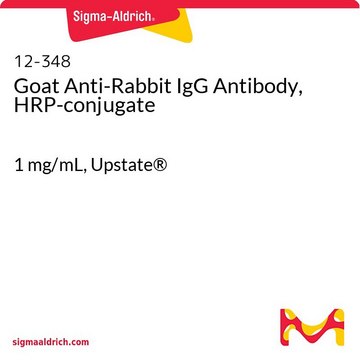MAK062
IDH Activity Assay Kit
sufficient for 100 colorimetric tests
Synonym(s):
Isocitrate Dehydrogenase Activity Assay
About This Item
Recommended Products
usage
sufficient for 100 colorimetric tests
detection method
colorimetric
relevant disease(s)
cancer
storage temp.
−20°C
Gene Information
human ... IDH1(3417) , IDH2(3418) , IDH3B(3420) , IDH3G(3421)
mouse ... IDH1(15926) , IDH2(269951) , IDH3B(170718) , IDH3G(15929)
rat ... IDH1(24479) , IDH2(361596) , IDH3B(94173) , IDH3G(25179)
General description
Application
Features and Benefits
Suitability
Principle
Application
related product
Signal Word
Danger
Hazard Statements
Precautionary Statements
Hazard Classifications
Eye Dam. 1 - Resp. Sens. 1 - Skin Corr. 1B
Storage Class Code
8A - Combustible corrosive hazardous materials
Certificates of Analysis (COA)
Search for Certificates of Analysis (COA) by entering the products Lot/Batch Number. Lot and Batch Numbers can be found on a product’s label following the words ‘Lot’ or ‘Batch’.
Already Own This Product?
Find documentation for the products that you have recently purchased in the Document Library.
Protocols
We describe here a rapid and sensitive method to separate and measure D-2-OHG and L-2-OHG enantiomers using high-resolution mass spectrometry (HRMS) detection.
Chromatograms
application for HPLCOur team of scientists has experience in all areas of research including Life Science, Material Science, Chemical Synthesis, Chromatography, Analytical and many others.
Contact Technical Service





